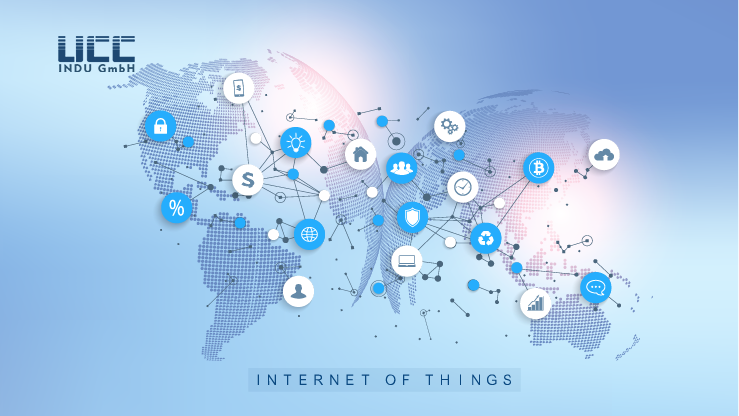 English
English
The Internet of Things (IoT) is growing rapidly, connecting more and more devices and sensors. The massive amounts of data generated by these devices need to be stored and processed efficiently between the edge and the cloud, and memory devices play a key role in this process. This paper will explore how memory devices can support the IoT ecosystem from the edge to the cloud.

Storage requirements at the edge
In IoT, the edge refers to devices and sensors that are close to the source of data. These devices typically have limited computing and storage capabilities, but need to respond and process data quickly. Storage devices need to meet the following requirements at the edge:
Low power consumption: most of the edge devices rely on battery power and require low power consumption for the memory devices.
Miniaturisation: the small size of edge devices requires smaller memory devices.
High Reliability: Edge devices operate in harsh environments and require highly reliable memory devices.
To meet these needs, memory devices are developing in the direction of low power consumption, miniaturisation and high reliability. For example, storage solutions such as NAND Flash and eMMC are widely used in edge devices.
Transit role of gateways
The gateway is a transit device between the edge and the cloud. It collects data from edge devices, preprocesses and temporarily stores it, and then uploads the data to the cloud. The gateway needs storage devices to meet the following requirements:
Massive capacity: the gateway needs to store a large amount of data from edge devices.
High-speed read/write: the gateway needs to read and write data quickly.
Security: the data stored by the gateway needs to be secured.
Gateways often use storage solutions such as SSDs or eMMCs to provide high capacity, high-speed reads and writes, and security.
Data processing in the cloud
The cloud is the brain of the IoT ecosystem. It receives data from the gateway for in-depth analysis and processing. The cloud needs storage devices to meet the following requirements:
Mass storage: the cloud needs to store massive amounts of data from a large number of devices.
High performance: the cloud needs to process massive data quickly.
Scalability: The cloud needs to flexibly scale storage and computing capabilities based on demand.
The cloud often uses storage solutions such as SSD, HDD and NVMe to provide massive storage and high performance. Also, the cloud requires software-defined storage technologies to provide scalability.
Trends in Storage Devices
To support the development of the IoT ecosystem, memory devices are evolving in the following directions:
3D NAND Flash: providing higher capacity and lower power consumption.
ReRAM and MRAM: providing faster read/write and higher reliability.
NVMe SSD: provides higher performance storage solutions.
Software-defined storage: provide more flexible and scalable storage architecture.
In short, storage devices play a key role in the IoT ecosystem. From the edge to the gateway to the cloud, memory devices need to fulfil different needs. The development of memory devices is driving the progress of the IoT ecosystem and making the future of the Internet of Everything more predictable.
Disclaimer: The information provided on this page is for informational purposes only. We do not warrant the accuracy or completeness of the information and accept no liability for any loss or damage arising from the use of such information.
Don't miss out on updates and special offers on our product information. Enter your email address, click subscribe and keep the inspiration and information flowing to your inbox. We promise to respect your privacy and never spam.
2025-06-16
2025-06-10
2025-05-13
2025-05-09
2025-05-07
2025-04-29
2025-04-27
2025-04-23